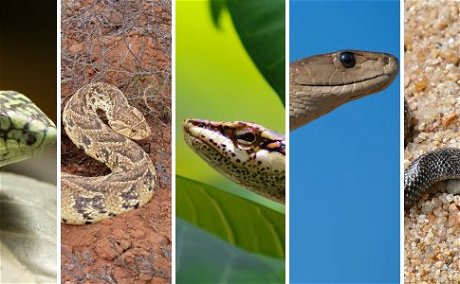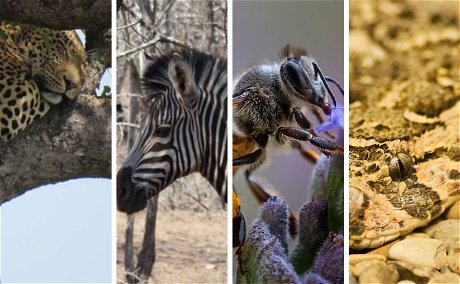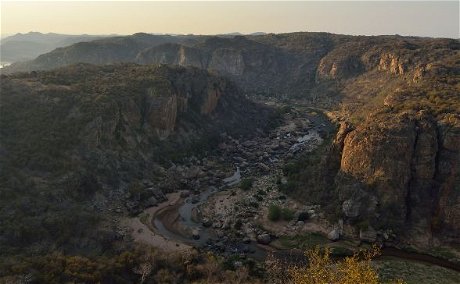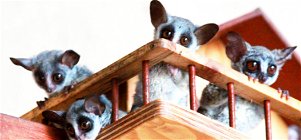Kruger National Park is a haven for diverse wildlife, including a variety of snakes that embody the park's ecological richness. From the fast and venomous Black Mamba to the camouflage expert Vine Snake, and the non-venomous Cape Wolf Snake, these serpents showcase the adaptability and diversity of life in Kruger.
The rain has come!
After two years of drought the good rains have arrived.
After two years of drought where we have had less than half our annual average (550 mm) each year the rains have come. From early November 2016 things started to look promising with good solid rain. They have continued and we have been blessed with 608 mm.
The bush has transformed and once again looks tropical and lush! The animals are visiting us less and enjoying the abundance of natural grazing. They all look healthy and well fed! The hippos are once again calling in joy and peace and tranquility has returned to the bush.
Further Reading
Studying these camouflage artists offers more than survival tactics; it unveils the symbiotic web of life. Each evolutionary adjustment triggers cascading effects, shaping predator-prey interactions, reproductive strategies, and even ecosystem architectures. For visitors to wilderness areas like Needles Lodge, these beings underscore nature's inventive prowess and the critical need to conserve the ecosystems that nurture such diversity.
Exploring Kruger National Park is a journey through Earth's geological history, showcasing ancient rocks, life's evolution, and dramatic landscapes. The park's diverse geology, from three-billion-year-old bedrock to recent Quaternary formations, reveals the planet's dynamic past. Highlights include the Lebombo Monocline and rich fossil records. This narrative emphasizes the importance of conservation and the unique opportunity to connect with Earth's ancient past at Needles Lodge.






Share This Post